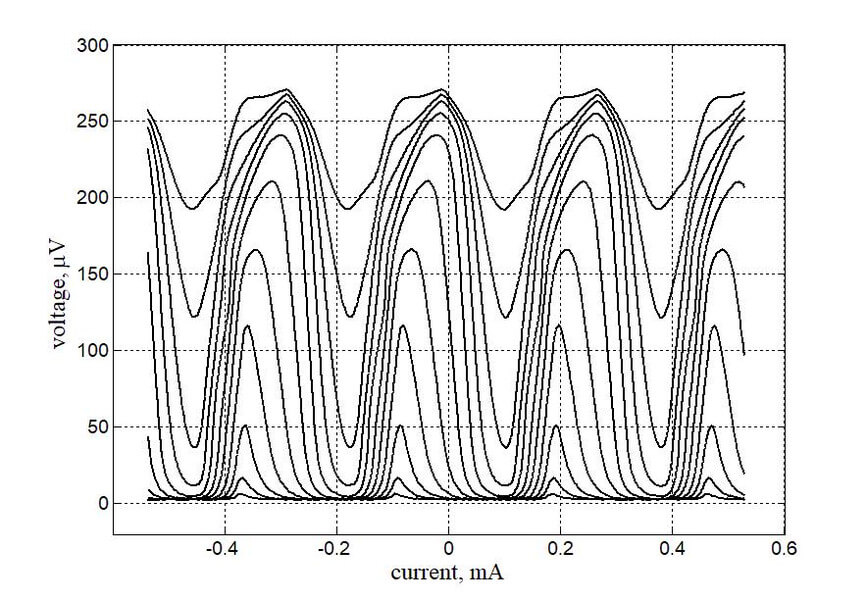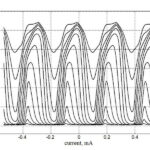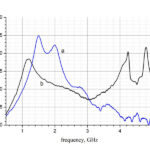- Home
- Research
- Quantum Systems
- Research results
- Microwave readout of quantum detectors
Microwave readout of quantum detectors

08.11.2019
The incorporation of quantum technologies offers a huge and unique potential for fundamental research, like e.g. energy resolution close to the quantum limit. Investigation of quantum-limited microwave readout for axion search experiments is currently being addressed in a collaboration aiming for the development of wideband cryogenic microwave amplifier.
By Matthias Schmelz
Quantum Technologies offer unique properties and unprecedented sensitivities and thus gain considerable interest in these days e.g. for the search of exotic physics beyond the standard model. They are expected to revolutionize science with numerous advancements to come in next years. As an example, e.g. the emergence of microwave readout capabilities for quantum detectors not only facilitates extremely low-noise or even noise-less amplification but moreover allows multiplexing multiple quantum detectors in a single readout line making this a versatile technology for future complex cryogenic systems.
In collaboration with the team of the Center for Basic Science of The Center for Axion and Precision Physics Research, the Korea Advanced Institute of Science and Technology and the German company Supracon AG (Jena) the research group magnetometry develops cryogenic wideband microwave amplifiers. They are aimed for experiments for dark-matter QCD-axion searches, where very weak microwave signals from an extremely low-temperature High-Q resonant cavity should be detected using the highest sensitivity which corresponds to the lowest possible noise temperature.
However, conventional semiconductor based devices provide lowest noise temperatures of about 1.1 K even at significantly lower ambient temperatures. The physical limit – the standard quantum limit (SQL), TSQL= hf/kB– in comparison offers a significantly lower noise temperature of about 50 mK at 1 GHz. By making use of Superconducting Quantum Interference Devices (SQUIDs) an amplifier noise temperature close to the standard quantum limit can be achieved. Traditional micro-strip SQUID amplifiers (MSA), as introduced in 1998 are now being deployed in axion dark matter experiments. Based on resonant input coupling they, however, only feature narrow bandwidths of 10–100 MHz. In order to scan a wide range of microwave frequencies, the subsequent replacement of these devices in complex measurement setups is not suitable and very time consuming, since large masses needs to be cooled down to temperatures of only a few Milli-Kelvin. Cryogenic wideband amplifiers would thus significantly enhance the efficiency of these experiments.
Recently developed SQUID current sensors have been tested as microwave amplifiers in the 1-5 GHz range. They are based on Leibniz IPHT’s cross-type Josephson junction technology offering very low total junction capacitance and thus allowing for large usable voltage swing of up to 250 µV. The accordingly strongly improved transfer function of voltage-flux characteristics VFdetermines the achievable amplification gain of the device (cf. Figure 1). Compared to conventional MSA, our SQUID loop dimensions are rather small resulting in a low total SQUID inductance of 30 pH which further increases the transfer function VFup to 2 mV/Φ0. These devices, moreover, exhibit a gradiometer configuration with two washers connected in parallel, making them less sensitive to background magnetic fields, thus significantly simplifying amplifier shielding.
Devices have initially been tested at 4.2 K in a liquid helium transport cryostat. Experimentally determined amplification for two different working points is shown in Figure 2. They show amplification of more than +20 dB for a very wide frequency range of about 0.7 GHz.
Recent investigations focus on the determination of the noise temperature of these novel devices and on simulation and design improvement which enable to adjust the center frequency for amplification and probably further bandwidth increase. This will open up the way towards their implementation in fundamental research like for axion search experiments as well as e.g. for the readout of Qubits and radiation sensors.
Funded by:


